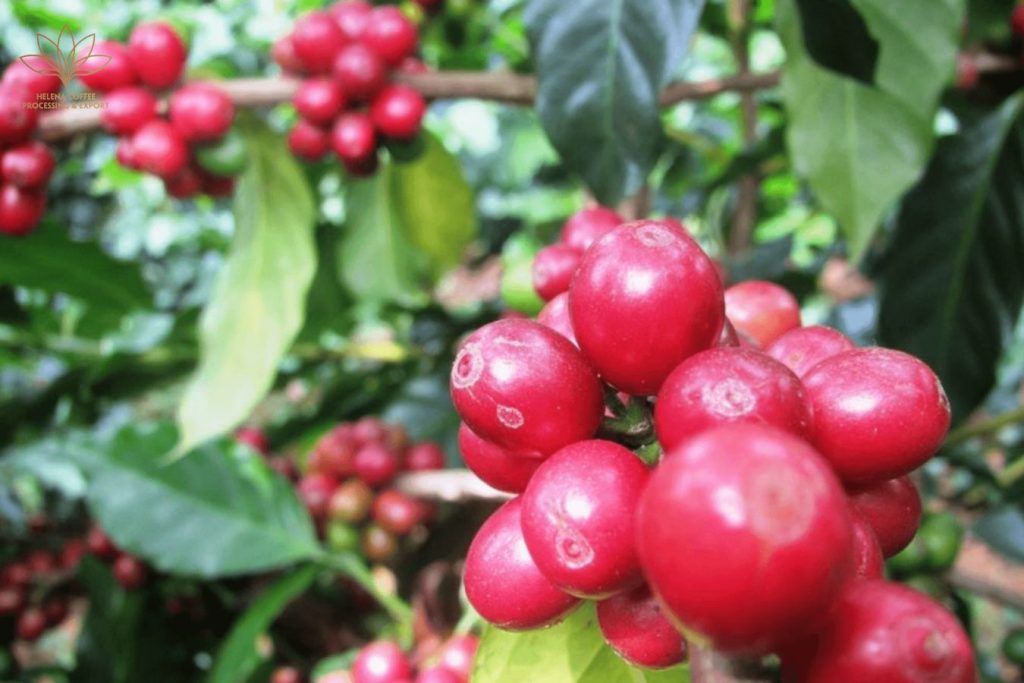History Of Coffee Plants In Son La – At the end of the 19th century and the beginning of the 20th century, the French planted coffee in Son La and some northern provinces, where it became an Arabica coffee production area, providing critical raw materials for the coffee industry in France.
In the North, the climate is cold due to the northeast monsoon’s influence, heavy rainfall, and an indistinct dry season. These are also advantages that help Arabica coffee grow and develop. Therefore, this place has also formed coffee regions with great flavor, such as in Yen Binh district, Yen Bai province.
As for the Northwest, it is impossible to mention Son La province. Son La with a system of overlapping mountains surrounded by basins and plateaus.
Coffee is grown on steep slopes at the foot of low mountains or shallow hills with elevations from 900m to 1200m. Son La’s coffee growing area is similar to the Minas Gerais region of Brazil. Son La’s climate is rainy and cold. Arabica coffee trees here grow well for high quality. After Lam Dong province, Son La is the second-largest Arabica coffee-growing province in Vietnam.
Especially Chieng Ban and Sinh Ban coffee (Son La). Although coffee is not grown in the red basalt soil and is not at an ideal height like the Central Highlands provinces, soils belong to the red-yellow soil group suitable for coffee plants such as Fk, Fv, Fs… At the same time, it is located at a relatively high latitude to the North (20039′ – 22002′ North latitude), so it does not need to be watered, but the Arabica coffee tree still has a robust vitality.
Over the years, many trees are several decades old, with large stems and wide canopy, and the coffee beans have a taste that is not inferior to the variety that the French have grown in Lam Dong known since the 30s of the world. Previous century.
Related posts:

